A distinctive, mind-bending view of Chile.
Chile
$675
1 in stock
Description
This is an unusual 1938 view of Chile produced by Richard Edes Harrison, an artist known for his unique takes on spatial representation.
Oriented towards the northwest, the view depicts the country in three dimensions, capturing the drastic changes in elevation between the coast and the Andes. Chile is then divided into three geographic regions, with the most populous central region containing Santiago, Valparaiso, and Concepcion separated out for closer examination. Short paragraphs introduce the geography and economy of each region. Aside from mountains, cities, towns, rivers, lakes, and railways are noted. Minerals and major agricultural industries of the various parts of the country are also indicated.
Cities an equivalent distance north of the equator are listed along the latitudinal lines to provide an American audience with a point of reference. In the background lie the Juan Fernandez Islands, with Más Afuera (renamed Alejandro Selkirk Island in 1966 by the Chilean government) noted as “Chile’s Alcatraz for political prisoners” and Más a Tierra as Robinson Crusoe’s Island (formally renamed as such in 1966).
This view was published in May 1938 by Richard Edes Harrison, part of a series of maps relating to South America that Harrison produced for Fortune magazine.
Cartographer(s):
Richard Edes Harrison (1901-1994) was an American scientific illustrator and mapmaker who primarily worked as the in-house cartographer for Fortune magazine and a cartographic consultant at Life. Many of his maps were produced within the context of the Cold War and the rise of an American military-industrial complex. He has been credited for and accused of playing a significant role in “challenging cartographic perspectives and attempting to change spatial thinking on the everyday level during America’s rise to superpower status.” He continues to divide waters even thirty years after his death.
In 2012, Timothy Barney, an assistant professor of Rhetoric at Richmond University, published an article in which he interprets Harrison’s motivations in his cartographic output. In the abstract of the article (published in Rhetoric & Public Affairs Vol. 15, No. 3: 397–434), Barney states:
“Air-age globalism was a discursive phenomenon throughout the development of World War II that accounted for the rapid “shrinking” of the world through air technologies and the internationalization of American interests. Cartography became air-age globalism’s primary popular expression, and journalistic cartographers such as Richard Edes Harrison at Fortune magazine introduced new mapping projections and perspectives in response to these global changes. This essay argues that Harrison’s mapping innovations mediate a geopolitical shift in America toward a modern, image-based internationalism. Through recastings of “vision” and “strategy,” Harrison’s work offers an opportunity to assess the rhetorical tensions between idealism and realism in midcentury cartographic forms and the larger spatial and perceptual challenges facing U.S. foreign policy during its rise to superpower status.”
Regardless of the motivations attributed to him, Harrison’s charts were conducive to broadening how Americans viewed the world and its mapping. His charts built a crucial bridge, not just from the science to the public, but from the raw data to a tangible final result. Harrison’s maps have become highly sought-after collectors’ items despite their relatively young age.
Condition Description
Excellent. Backed on quality poster linen.
References
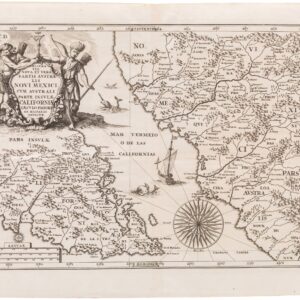
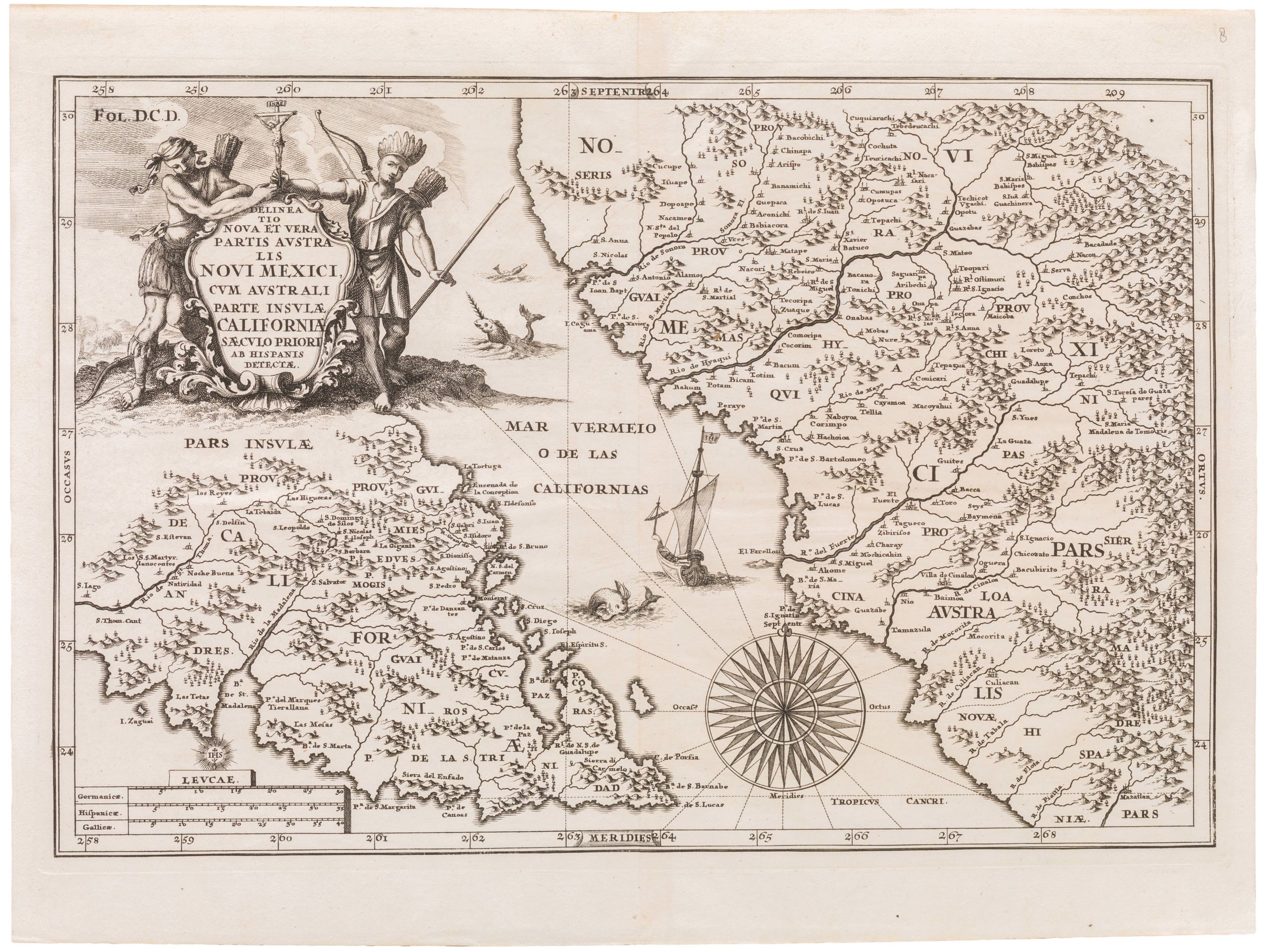
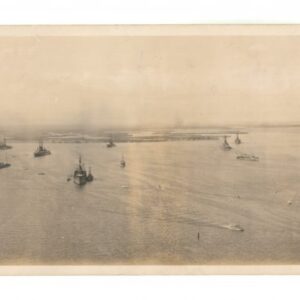

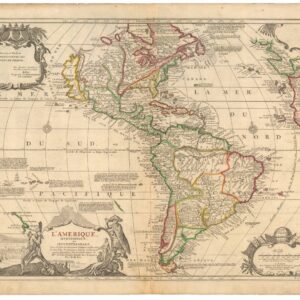
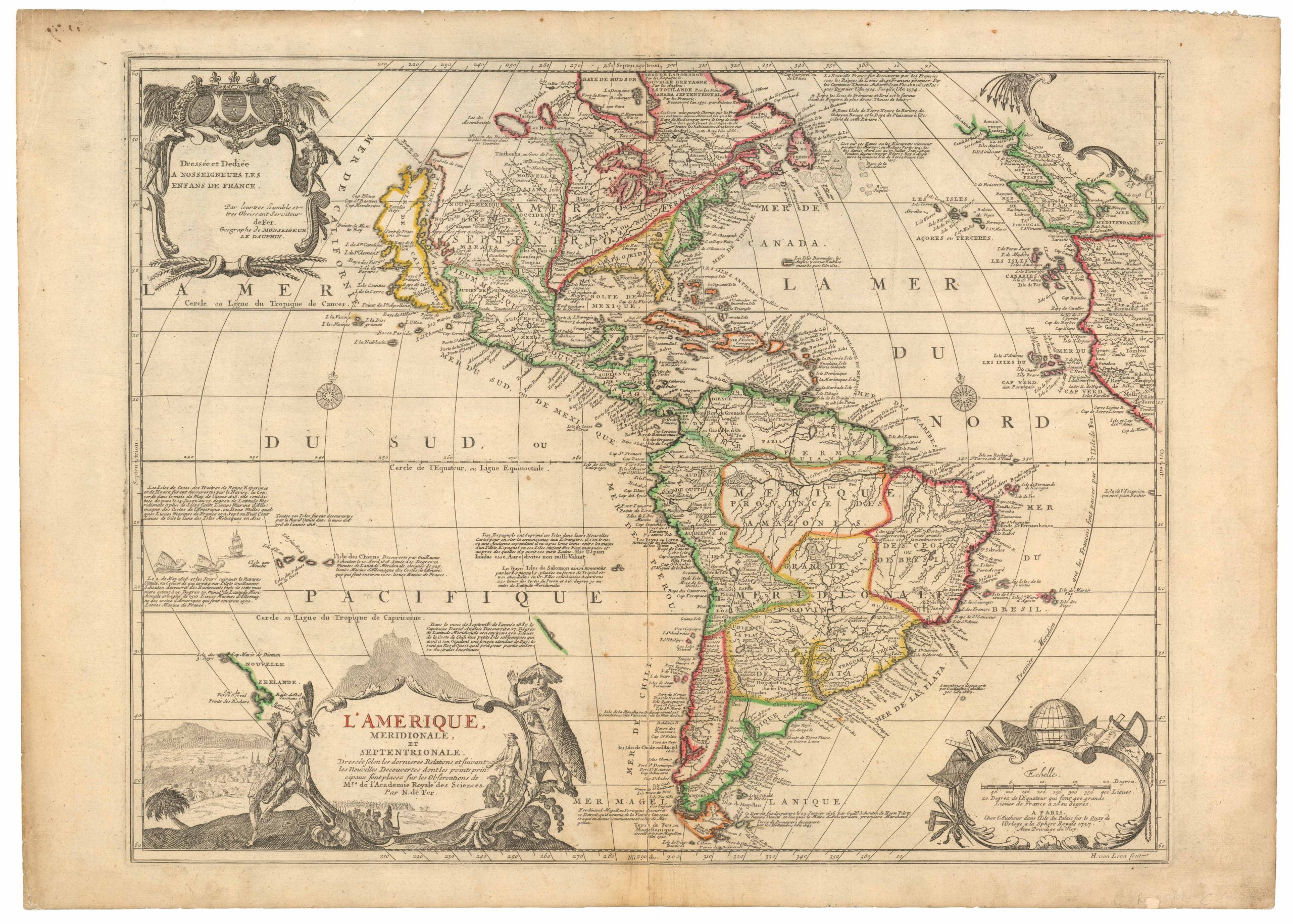
![[Vietnamese Maps of North America: Mexico, Canada, USA]](https://neatlinemaps.com/wp-content/uploads/2022/04/NL-01262-USA_thumbnail-scaled-300x300.jpg)